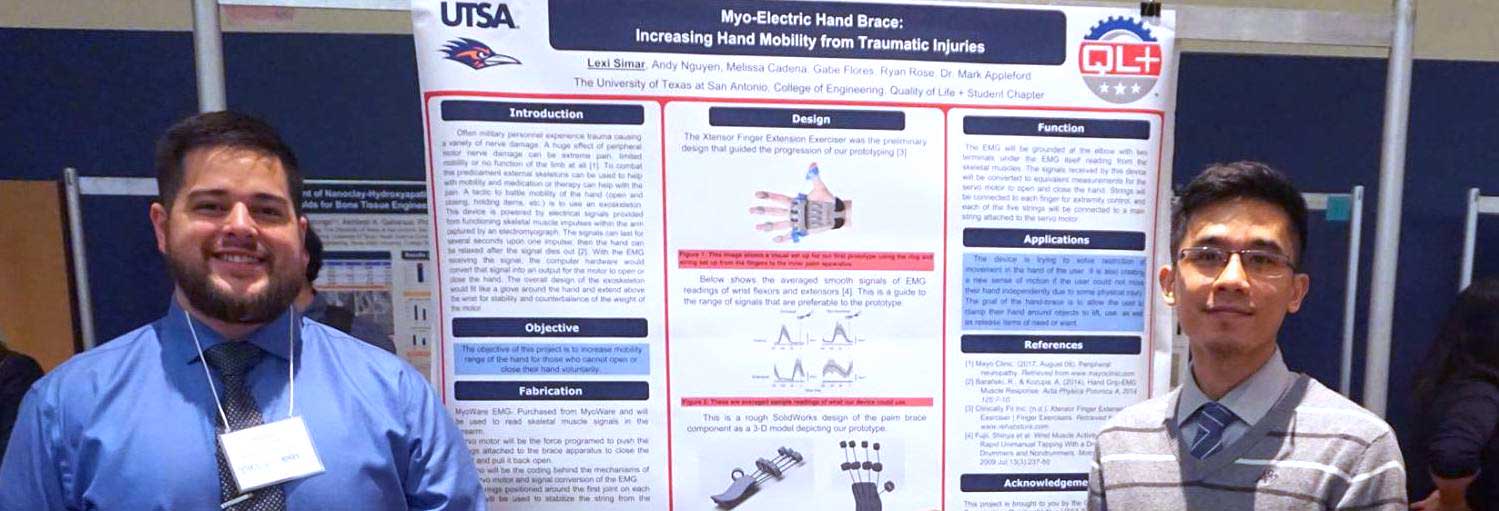Highly qualified students have been attracted to the program from its inception. Applications have been received from all over the United States, India, China, South Korea, Venezuela, and Italy. Students accepted into the program have come from many of the colleges and universities in San Antonio (UTSA, UT Health San Antonio, St. Mary's University, and Trinity University), as well as Texas (UT-Austin, Texas A & M University, Southern Methodist University, and Rice University), and neighboring states (Arizona State University, Tulane University, and Louisiana Tech University). More distant from San Antonio, students have been accepted from North Carolina State University, Purdue University, and Florida Atlantic University as well as Zhejiang University and Indian Institute of Technology.
Admission into the program is selective with only about 45-50% of the applicants being offered admission. Enrollment has been a subset of those offered admission and has ranged from 40-80%. The average GRE scores of all students matriculating into the Program are Verbal 523 and Quantitative 716. The average GPA for the same cohort of students was 3.46 on a 4.0 scale. The racial, ethnic, and gender diversity of the students is also one of the strengths of the BME Program and continues the historic role of both UTSA and UT Health San Antonio as minority-serving institutions within the state of Texas.
A number of mechanisms are used to financially support graduate students in the program. All first year students are supported by Program funds through UTSA. After their first year, students are expected to have located a mentor who can support the remainder of their graduate studies. This support includes a number possible mechanisms such as National Institutes of Health and National Science Foundation assistantships or training grants, fellowships provided through the Sloan Foundation, industry-sponsored projects, and other sources of discretionary funding available to the supervising professor.
